
Dogs
The Cavalier King Charles Spaniel is a sweet and affectionate dog that expects to be pampered. Traditionally a favorite among aristocracy, this dog's likeness has been seen in tapestries and portraits since the 15th century.
Spaniel-type dogs have been part of our lives for centuries. Some are large and some are small. Tapestries and paintings as far back as the 1400s have depicted small spaniel-like canines. The Cavalier King Charles spaniel is modeled after these ancient spaniels and is thought to have originated from the larger King Charles spaniel.
King Charles loved small spaniels, and one of his favorites was the Cavalier. This toy spaniel was so adored by King Charles that the breed was eventually named after him. His successor, King Charles II, also loved and perpetuated the breed. This dog was a favorite of the aristocracy.
Upon the fall of the house of Stuart, the popularity of the breed rapidly declined. They were associated with luxury and wealth and seemed to have no purpose but as companions. At that time, the middle class could not afford to feed and care for a dog that did not work. In addition, William and Mary, rulers at that time, preferred the pug so association with the Cavalier King Charles spaniel was thought by some to be a political liability.
The breed's fortunes improved during the reign of Queen Victoria. However, during her breeding and promoting of the small spaniel, the appearance of the dog was altered. The head became more domed and the dog was eventually named the English toy spaniel. This resulted in a near extinction of the flatter headed Cavalier. In the 1920s, in an effort to restore the breed back to his original appearance, an American named Roswell Eldridge offered a financial prize for the best dog or bitch of the 'old type.' He offered this prize for 5 years.
Thanks to this offer of money, the breed was restored to his original form. By 1928, the Cavalier King Charles Spaniel Club was founded in England and the breed was recognized by the English Kennel Club in 1944. By the middle of the 20th century, the Cavalier King Charles spaniel was one of the most popular breeds in England. By 1996, the Cavalier King Charles spaniel was recognized by the American Kennel Club as a member of the toy group.
The Cavalier King Charles spaniel is a small spaniel, standing a mere 10 to 15 inches at the shoulder and weighing 15 to 20 pounds. The breed has a characteristic slightly rounded but not domed head. The sloping shoulders give this dog his elegant and regal look. The muzzle is tapered and the head flat between the long well feathered high set ears. The eyes are large and round, giving the breed his classic soft expression.
The hair coat of the Cavalier King Charles spaniel is silky and of medium length. The coat is not curly but may have a slight wave. There is feathering on the ears, legs, tail and feet. The coat comes in four typical colors: blenheim, which is bright chestnut red markings broken up on a white background; tricolor, which is jet black markings broken up on a white background with rich tan markings; black and tan; and ruby.
The Cavalier King Charles spaniel is a graceful and active toy breed. He is a born companion and lap dog with the temperament of an extrovert. This dog can be quite lively and even vocal. This breed does not like to spend time alone. He prefers the company of his family or other dogs.
The Cavalier King Charles spaniel is a gentle and affectionate dog. This breed is a wonderful lap dog but has a sporting character and can do well in agility and even hunting. As a member of the spaniel family, this breed is a natural retriever and loves to swim.
The Cavalier King Charles loves to be pampered and relishes life indoors. Due to their small size, this breed can do well in an apartment as long as adequate exercise is provided. This breed is equally at home on the farm where he can participate in strenuous activity, as long as he is allowed to sleep and rest inside with the family.
Despite being a gentle and affectionate breed, the Cavalier King Charles spaniel does not have the patience for unruly children. Early socialization and obedience training are important in developing a beloved member of the family.
The Cavalier King Charles spaniel is an intelligent and eager dog. They learn quickly and can be trained in agility and hunting, among other things.
Weekly brushing is necessary to prevent mats and tangles. Extra attention should be paid to the fine hair behind the ears.
The Cavalier King Charles spaniel has a tendency to develop heart abnormalities early in life. Regular veterinary examinations are recommended to detect any underlying heart disease and begin treatment.
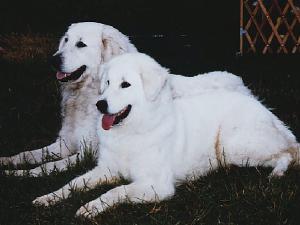 Kuvasz
Kuvasz
Kuvasz
Kuvasz
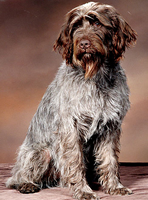 Wirehaired Pointing Griffons: A guide to dogs and puppies of the Wirehaired Pointing Griffon breed
The Wirehaired Pointing Griffon!
The Wirehaired Pointing Gr
Wirehaired Pointing Griffons: A guide to dogs and puppies of the Wirehaired Pointing Griffon breed
The Wirehaired Pointing Griffon!
The Wirehaired Pointing Gr
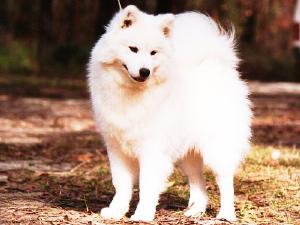 Samoyed
Samoyed
Samoyed
Samoyed
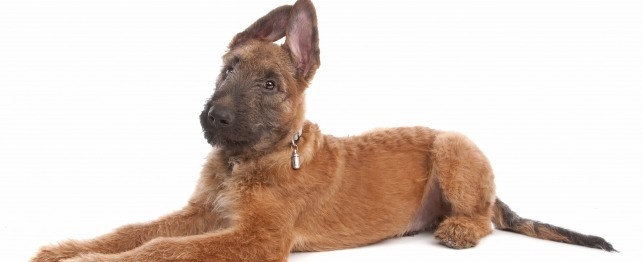 Choosing a Belgian Laekenois- Belgian Laekenois Breed Profile
Choosing a Belgian Laekenois
Choosing a Belgian Laekenois- Belgian Laekenois Breed Profile
Choosing a Belgian Laekenois
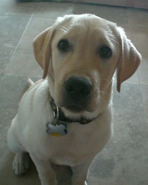 Labrador Retrievers: A guide to dogs and puppies of the Labrador Retriever breed
The Labrador Retriever!
The Labrador Retriever has several
Labrador Retrievers: A guide to dogs and puppies of the Labrador Retriever breed
The Labrador Retriever!
The Labrador Retriever has several
Copyright © 2005-2016 Pet Information All Rights Reserved
Contact us: www162date@outlook.com